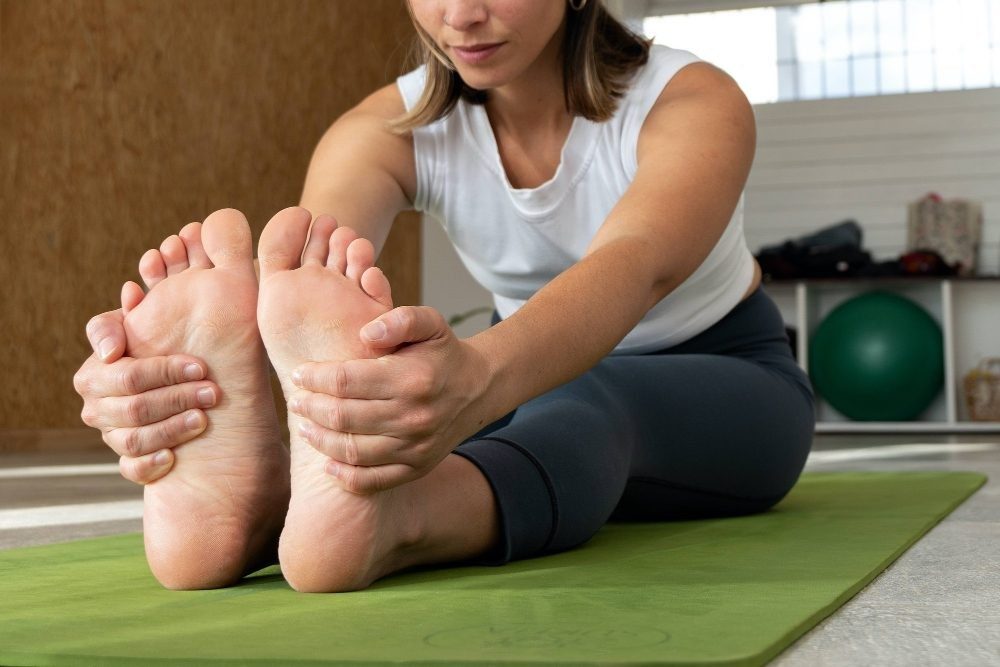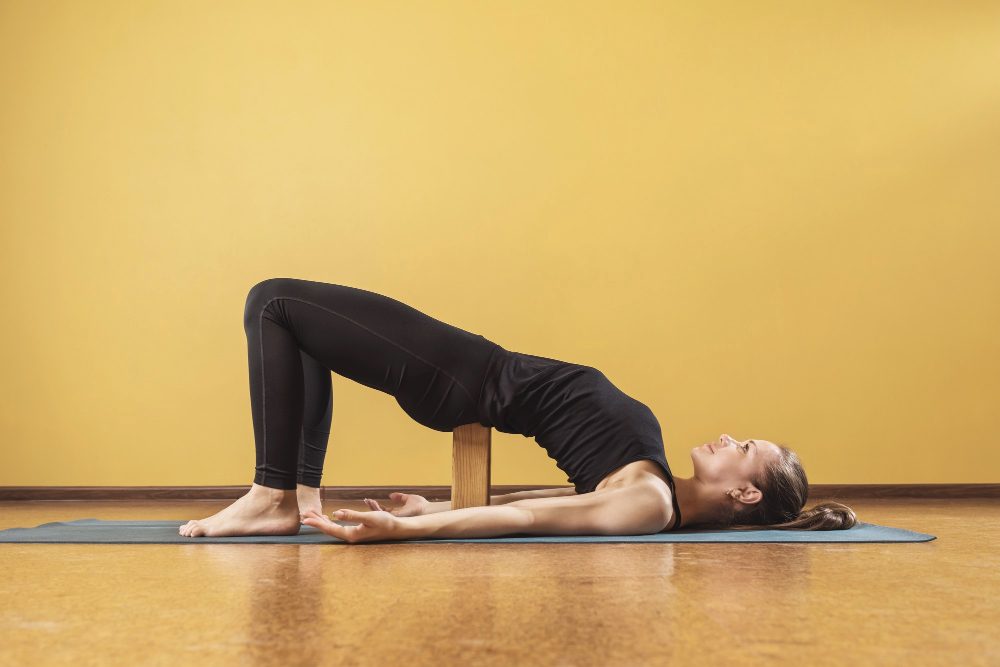

Hamstring injuries are very common in all high-impact sports - especially ones that involve a lot of short bursts of running and stopping and starting. This kind of injury can be very painful - and can keep the affected person out of action for months.
A hamstring is a group of muscles that run down the back of the thigh, from the hip down to just below the knee. The hamstring is made up of three muscles called the semitendinosus, semimembranosus and the biceps femoris. This group of muscles has a number of purposes; they help with the bending of the knee joint and help to extend and rotate the hip joint.
When a hamstring is injured, it will usually occur in the form of a pull, a partial tear, or a complete tear. This injury may affect one, or more, of the muscles in the hamstring group. These types of injuries are commonly measured by grade, and the grades are described as follows:
The motion of suddenly stopping and starting is closely linked to hamstring injuries, so they are very common in athletes who play sports like basketball, soccer and tennis. These injuries are often caused when the hamstring is stretched beyond its capacity or challenged with a sudden load. This load can be the person's body weight, paired with a strong forward motion, which can cause the hamstring to be stretched and injured.
While hamstring injuries are commonly linked to movement in sport, they can also occur as a result of poor flexibility, overtraining and/or past hamstring injuries.
The severity of the hamstring injury will determine what kind of treatment is needed. A grade I strain may just require a few days of resting and an ice pack for treatment. However, very serious cases, like a grade III hamstring injury, which have caused the tendon to be pulled completely away from the bone may require surgery. This kind of injury is called an avulsion injury.
People with a hamstring strain may experience some, or all, of the following symptoms:






Whether aerobic exercise is recommended, will depend on your specific type of hamstring strain or pain. Some injures of the hamstring muscles can benefit significantly from gentle aerobic exercise - that's low impact. However, or hamstring strain injuries may be worsened by aerobic exercise and should be avoided in order to avoid further injury, and should be rested.
You should always consult a medical professional before undertaking a new exercise program. If a medical professional does recommend aerobic exercise, they will likely suggest something that's low impact, like walking or water aerobics.
Warming up before engaging in sport or exercising increases the blood flow to your muscles, which can help prevent injuries. Warming up also increases the temperature of your blood, and this allows oxygen to be delivered to your muscles at a higher rate, improving endurance.
Both of these occurrences can help prevent a hamstring injury and other injuries. To warm-up, you should do a gentle to moderate endurance activity for 5-10 minutes. This could be a jog, star jumps or some walking lunges.
A very effective way to prevent hamstring strains is to increase your flexibility in the hamstring area through stretches. Repetitive stretch on the hamstring will cause it to lengthen, allowing more movement.
Increased flexibility allows the muscle to stretch further and increase the range of motion in the joint, so it's less likely to be strained if a movement involving an awkward positioning happens.
Staying hydrated is important for many different parts of your body, but it can actually play a role in helping to prevent hamstring injuries. When someone is dehydrated, this can lead to muscle cramping. If a muscle cramp is particularly bad, it can lead to actual tears in some of the muscles fibers.
For this reason - and many other reasons - it's important to drink a sufficient amount of water daily. The recommended intake is around 2.6 litres a day for men and 2.1 litres a day for women.
As we touched on above, hamstring injuries are commonly caused by a combination of weight and movement. So, a person who weighs more will have more weight contributing to the force, meaning that hamstring injuries will be more likely. To help avoid hamstring injuries, you should try and maintain a healthy body weight.
An easy way to determine what a healthy body weight is for you, is to work out your BMI (body mass index). BMI is a measure of body fat that's based on your weight and height. A healthy BMI figure should sit between 18.5 - 24.9.
A great way to protect your hamstrings from injuries is building strength in the muscles in the hamstrings themselves. Many people focus on building muscle in the quads, which are separate from the hamstrings and won't do much to protect them. When there is a large imbalance of strength between the hamstrings and the quads, it can actually set the person up for a hamstring injury. To build hamstring muscles specifically, you can do the exercises listed above.
Podiatrists specialise in conditions of the lower limbs and feet. So, they have extensive experience and skills in treating hamstring injuries.
A qualified podiatrist will be able to conduct a physical exam or run some tests, to determine whether you have a hamstring strain and, if so, what grade it is. They'll also be able to advise you on the best way to repair and rehabilitate your condition, and will likely suggest some hamstring stretches.
Book your appointment with our podiatry team online
here
or call us on (07) 3356 3579.
| Monday | 7:40am - 6:00pm |
| Tuesday | 7:40am - 6:00pm |
| Wednesday | 7:40am - 6:00pm |
| Thursday |
7:40am - 6:00pm |
| Friday | TEMP CLOSED |
| Saturday | CLOSED |
| Sunday | CLOSED |
Ground Floor, 344 Queen Street,
Brisbane City QLD 4000
| Monday | 7:40am - 6:00pm |
| Tuesday | 7:40am - 6:00pm |
| Wednesday | 7:40am - 6:00pm |
| Thursday |
7:40am - 6:30pm |
| Friday | 7:40am - 5:00pm |
| Saturday | 7:40am - 4:30pm |
| Sunday | CLOSED |
Newmarket Village, 114/400 Newmarket Rd, Newmarket QLD 4051